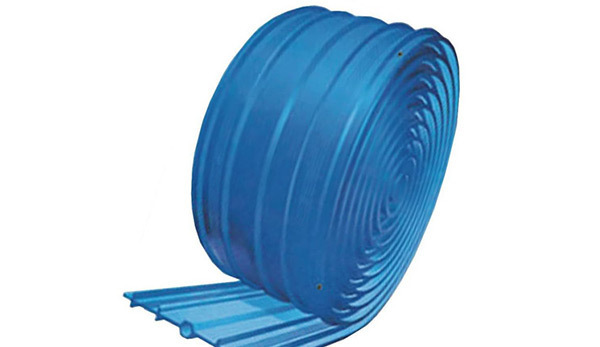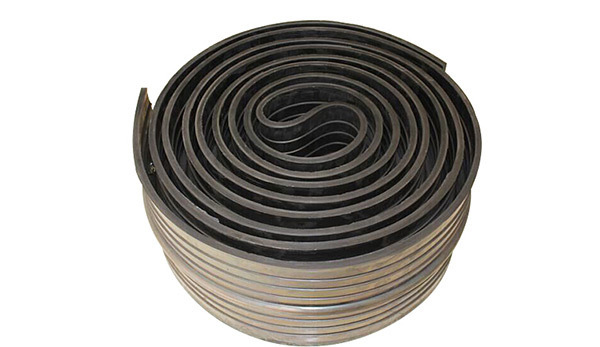FAQ
Water-swelling sealing strip for expansion joints
Water-swelling water stop strips are commonly used in construction projects such as swimming pools, basements, sewage treatment plants, underground railways, and tunnels for expansion joints, construction joints, and cracks. The water-swelling characteristics of the water stop strips and the elasticity of rubber effectively improve and solve the construction gaps, expansion joints, and various cracks in the above projects.
Why does the water stop belt break?
The rubber water stop belt plays an exceptionally important role as a crucial part of waterproof construction. However, the occurrence of fractures in the embedded water stop belt leading to engineering leaks happens frequently. Here, we analyze what causes the fractures in the embedded water stop belt. Firstly, buildings that utilize expansion joints are generally super long structures. Due to the large construction area and the relatively long construction period, the construction time for the expansion joints is also longer. During the construction of the expansion joints, the shrinkage of concrete may lead to the fracture of the embedded water stop belt.
How to conduct the medium resistance test for the water stop belt
The rubber water stop belt resistance medium weight increase experiment can take samples from the finished product, soak them in one or several selected media, and after soaking at a certain temperature, take them out and weigh them. Based on the weight change rate and hardness change rate, estimate the type of material.
Design and Application of Water Stop Belt
The selection of water stop belts should be comprehensively considered based on the structure of the building, the deformation amount of the deformation joint, water pressure, the construction situation of the water stop belt, and economic factors.















